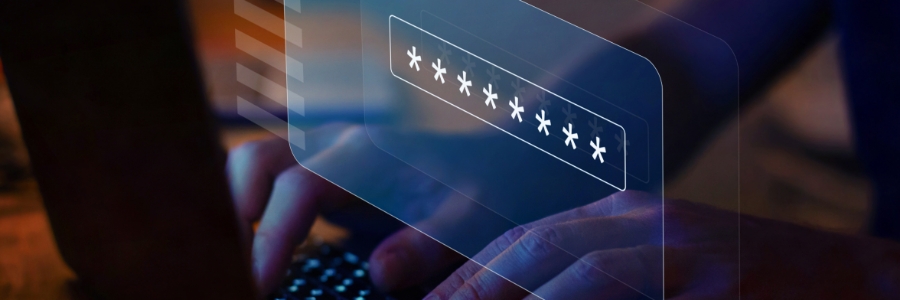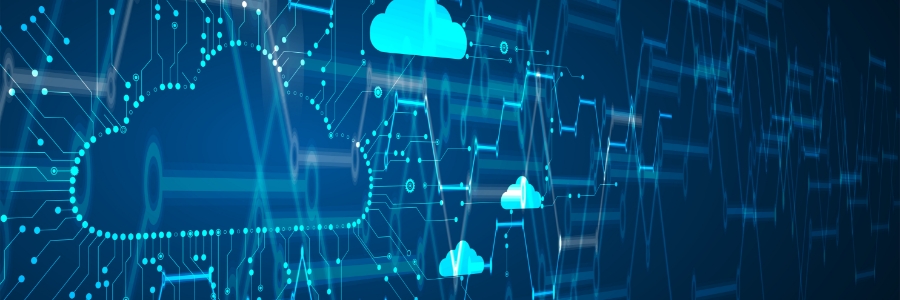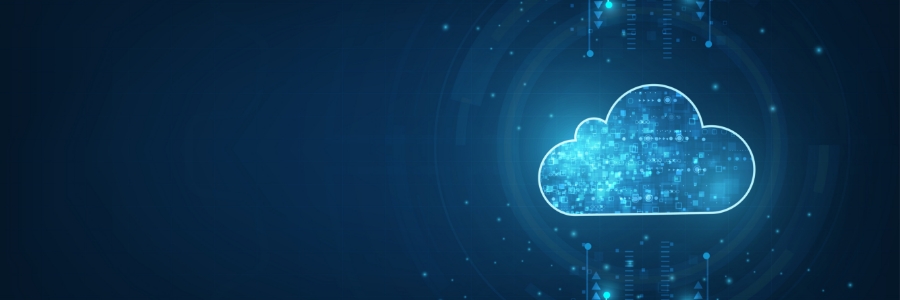Your passwords are the key to your digital kingdom. By following the latest recommendations from the National Institute of Standards and Technology (NIST), you can empower yourself with strong passwords that safeguard your online identity.
The evolution of password guidelines
Initially, NIST emphasized the complexity of passwords, encouraging a mix of uppercase letters, lowercase letters, numbers, and special characters.
Power up your passwords with a NIST-guided approach

Hack-proof your passwords with the latest NIST password guidelines

Want to outsmart hackers? Start with your passwords. By following the latest guidelines from the National Institute of Standards and Technology (NIST), you can create robust passwords that will keep your accounts and information secure.
The evolution of password guidelines
Initially, NIST emphasized the complexity of passwords, encouraging a mix of uppercase letters, lowercase letters, numbers, and special characters.
Is the public cloud a greener choice than private data centers?

Sustainability is now a top priority for many organizations, leading to the critical question: is migrating to the public cloud a more eco-friendly choice than maintaining a private data center? This article breaks down the environmental implications of both options, examining how energy efficiency, infrastructure, and resource sharing play a role in determining the greener solution for your business.
Which is more eco-friendly: A public cloud or a private data center?

As companies evaluate their IT strategies through a sustainability lens, the choice between public clouds and private data centers becomes more nuanced. This article compares the environmental impacts of both models, assessing energy use, carbon footprints, and the scalability of sustainable practices to determine which approach offers a more eco-friendly future for modern businesses.
The 5 most common security risks to your IT and how to address them

Security breaches often stem from a handful of common threats, both internal and external. Identify the five most IT security risks and learn how to address them effectively to keep your systems safe.
Accidental malware installation
Malware, also known as malicious software, is software created that causes damage to computers, servers, or networks.
